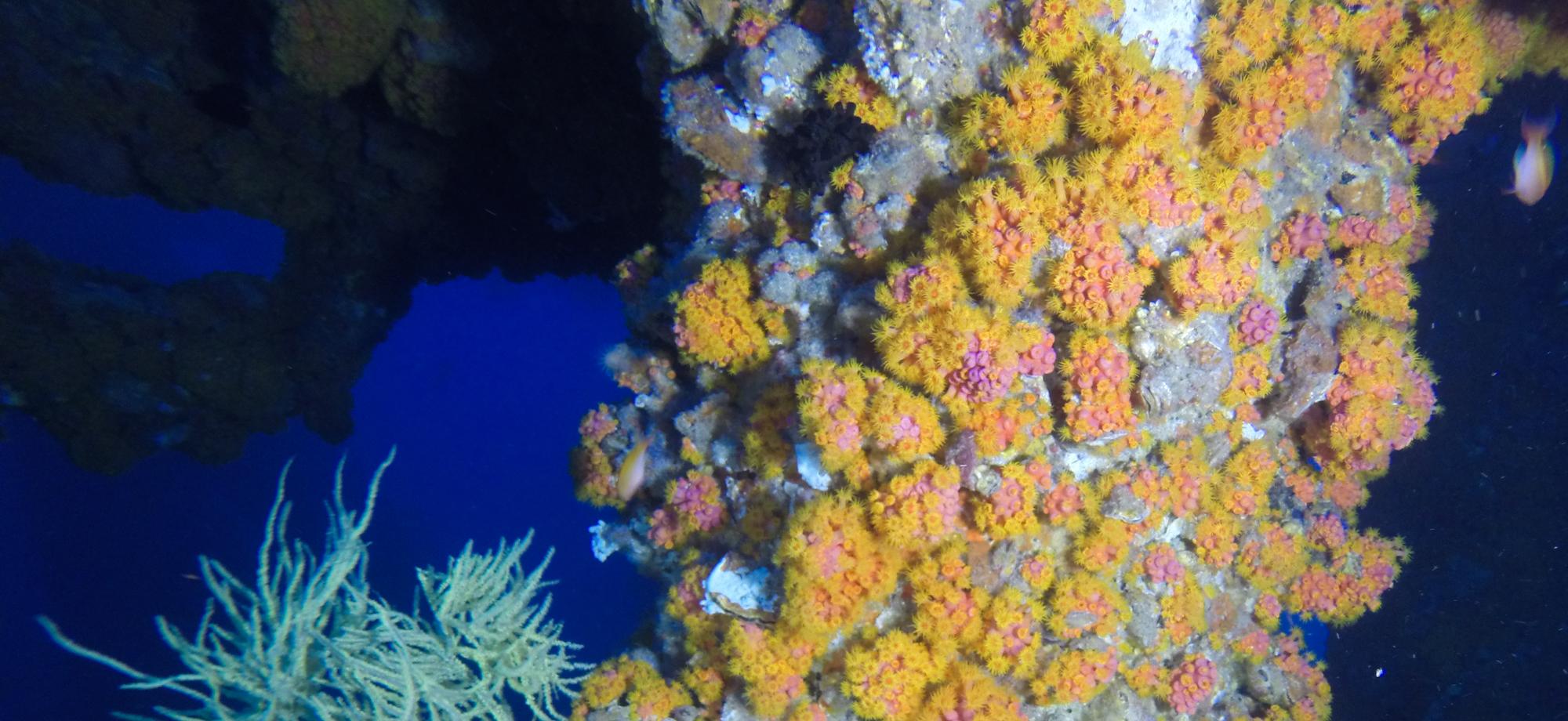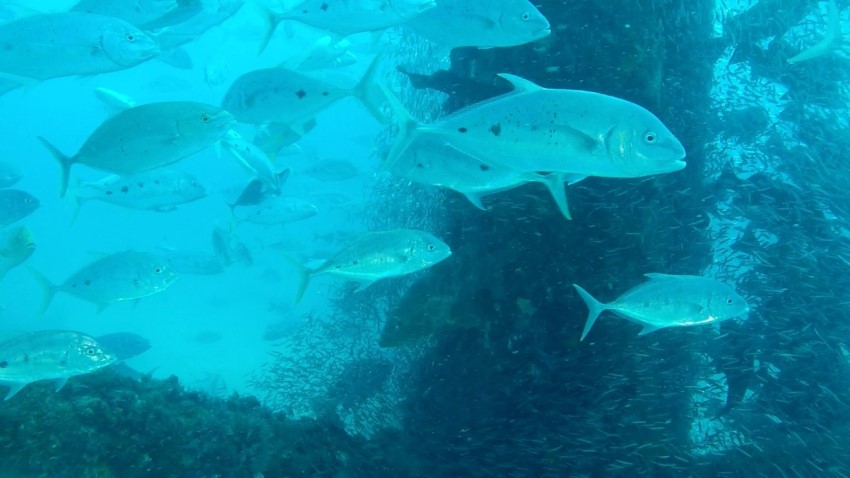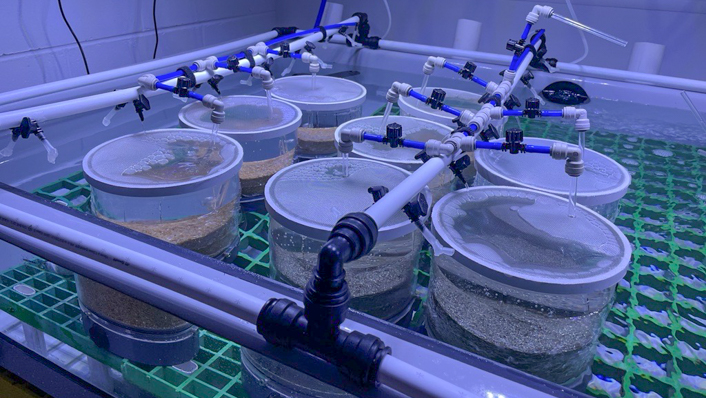By 2040, more than 2500 offshore oil and gas structures will cease operations globally, and will require decommissioning at a cost of up to US$13 billion per year. For Australia, there is an estimated liability of US$40.5 billion, with well plugging and abandonment at approximately 1000 wells, and more than 8000km of pipeline removal comprising the majority of the spend.
To remove or not to remove?
As operations move towards their end-of-field-life, regulators and industry must decide the fate of wells, pipelines, platforms and other structures at sea. The removal of all property from the ocean is the default regulatory requirement for operators. Alternative approaches, including leaving some of all infrastructure in the ocean, or turning infrastructure into an artificial reef, may be accepted if it meets Australian regulations and Australia's international treaty obligations.
No matter the approach, these structures must be decommissioned in a way that minimises environmental impacts and risks to a level as low as reasonably practicable, in accordance with legislation.
In-situ decommissioning, where some infrastructure is left in the marine environment following the end of its productive life, is an option that can deliver ecological benefits from the establishment of artificial reefs. However, pollution from the infrastructure may pose unacceptable risks to marine ecosystems.
AIMS research has shown oil and gas structures provide novel habitat for many marine species. We are providing the science that regulators and industry need, to assess the risk of pollution. Different decommissioning scenarios can also influence ecosystem processes, such as population connectivity, and information as to which decommissioning approach might deliver the best environmental outcome is required on a case-by-case basis.
AIMS research on decommissioning
AIMS science delivers the environmental knowledge and innovation required to drive sound decision-making for sustainable decommissioning of offshore oil and gas infrastructure. We work with global research partners to address common knowledge gaps and undertake decommissioning marine research projects in Australia’s north-west and south-east.
Using innovative approaches such as enhanced ROV surveys, environmental DNA, baited remote underwater video stations, fish trapping, and aquaria studies in the National Sea Simulator, we investigate how marine life interacts with oil and gas structures at local and regional scales. This includes using the latest methods in artificial intelligence for the analysis of imagery. Understanding the influences of subsea oil and gas infrastructure on marine life, and of contaminant impacts in marine ecosystems, is critical for informed regulatory and industry decisions on decommissioning.
Examples of our research include projects supported by the National Decommissioning Research Initiative.
Industry partnerships
We work in partnership with industry to undertake innovative research to understand the role and value of oil and gas structures in marine ecosystems. Our comprehensive decommissioning research is enabled by wide-ranging expertise, industrial-scale infrastructure, innovative technology, and extensive national and international collaboration networks.
AIMS-industry partnerships enable rigorous scientific data to be collected rapidly, without impeding on industry offshore operations. AIMS’ purpose-built stereo-video cameras and range of sensors and sampling equipment (eDNA) can be used to augment industry ROVs and collect scientific information around infrastructure. For example, AIMS has undertaken research into the influence of offshore structures on connectivity and fish production in Australia's south-east.



